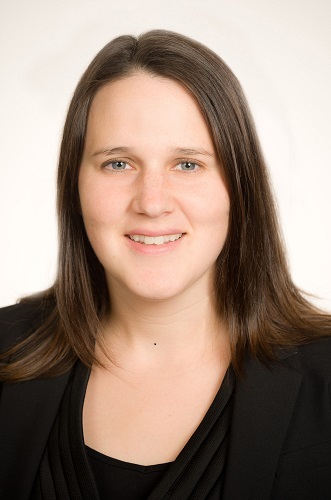AICPA Webcast Helps Firms and Clients Understand and Prepare for DOL Overtime Rule Changes
July 21, 2016

The American Institute of CPAs (AICPA) continues to explore the CPA profession’s options in response to the U.S. Department of Labor’s (DOL) final rule related to overtime pay. But with little likelihood of the rule being set aside, and a December 1 compliance deadline in the offing, firms are being advised to be prepared.
Businesses nationwide are assessing the impact of the new overtime-pay rule, with many companies saying the regulation will lead them to reduce workers’ hours, cut benefits, or limit flexible office arrangements. Companies will have until December 1, 2016, to make determinations on which employees to reclassify as nonexempt and implement the changes.
The final rule will increase the current overtime exemption’s salary threshold from $455 to $913 per week, and from $23,660 to $47,476 annually. Thresholds will automatically update very three years, beginning January 1, 2020.
AICPA's Kate Kiley
“In terms of what we can expect for impact on firms and other businesses, the crux of it is going to be mitigating or managing payroll cost increases,” Director of Congressional and Political Affairs Kate Kiley told participants during a June 23 AICPA webcast. “And it’s up to you to determine how your organization wants to absorb those costs.” (An archive of the webcast is available, but does not qualify for CPE credit.)
The AICPA was very active in the rule comment process, both individually and as a member of the Partnership to Protect Workplace Opportunity, a diverse group of stakeholders including businesses and associations. State CPA societies also were actively engaged in the national effort which resulted in the submission of nearly 270,000 written comments to DOL.
Kiley explained that the profession’s concerted effort was not in vain, but that the rule was heavily orchestrated to prevent meaningful congressional opposition. “[The rule is] an unnecessary burden on firms and individuals,” she said, “but here we are.”
